
Bihit Point
Trébeurden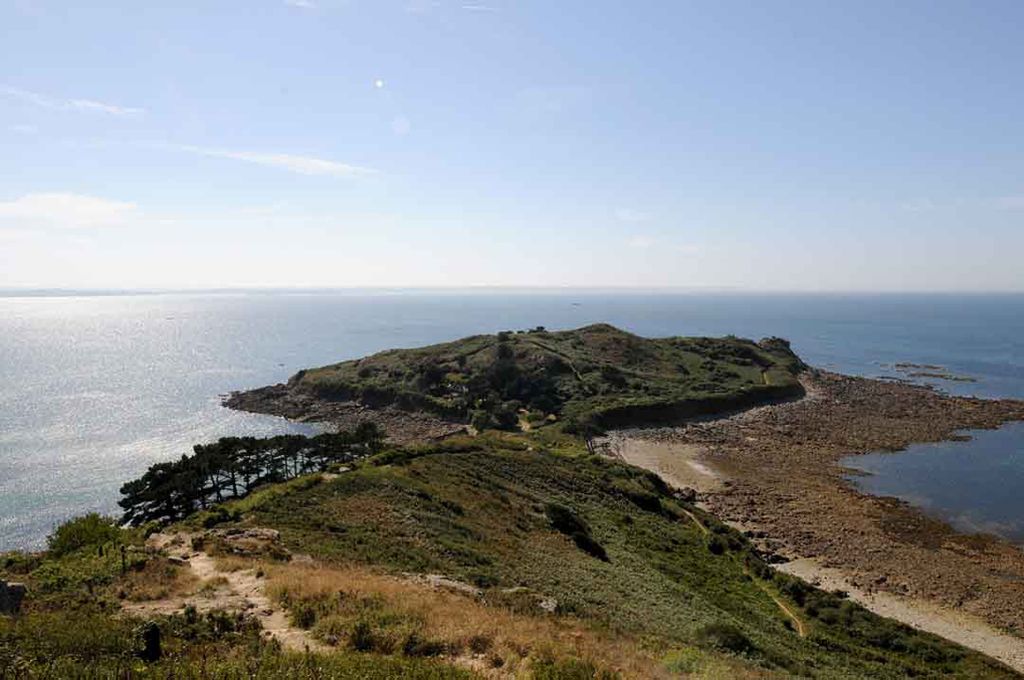
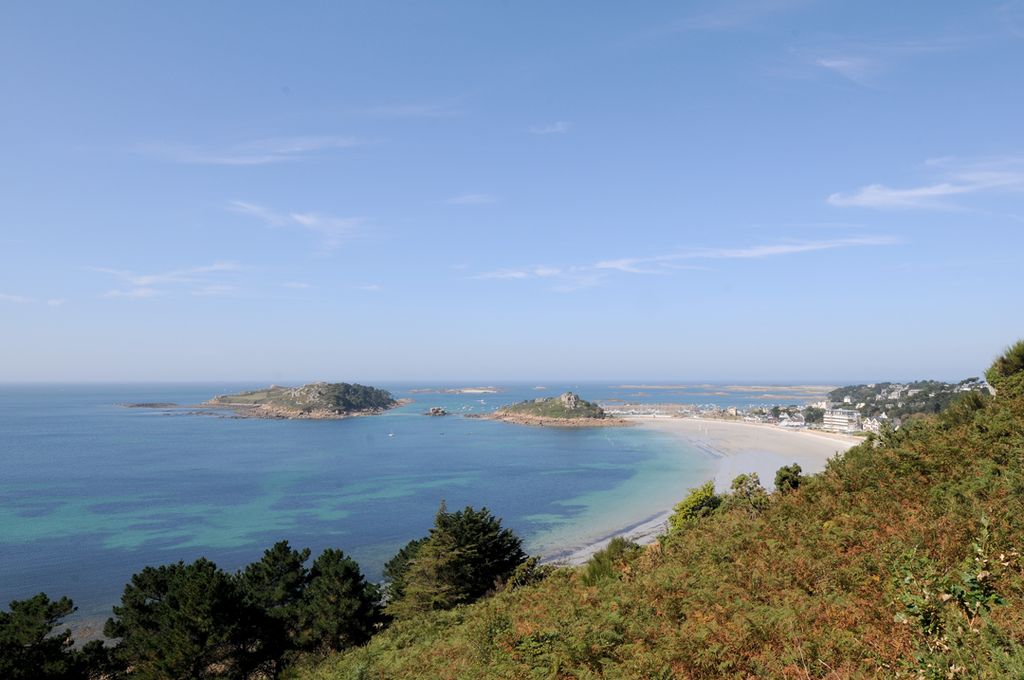
About
Jutting out into the sea, Bihit Point offers a magnificent panoramic view. The grey, jagged rock which forms this headland and the small island to its left, Île Mignonne, is the oldest in Europe. It is very different from the pink, rounded rock found on Le Castel and Île Milliau (to the right looking out to sea) which is one of the most recently-formed granite rocks in Armorica. This pink granite (or red granite to be more scientifically accurate) comes from igneous rocks which came to the surface and cooled very slowly, resulting in several concentric rings. The 2 billion-year-old rock forming Bihit Point, located at the edge of one of these rings, has thus been joined by granite only 300 million years old alongside it! You can continue your walk on the sandy beach at PorsMabo.
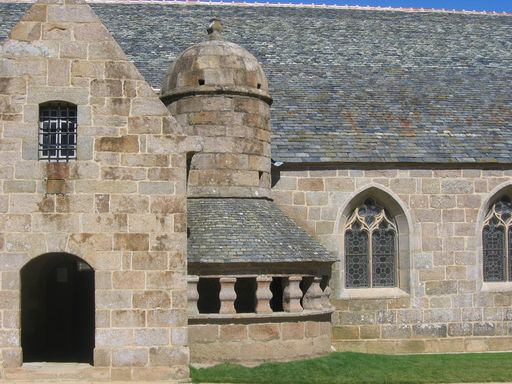

The Village
Trégastel
This church was built in several stages. The original building, dating back to between the twelfth and thirteenth centuries, was modified several times over the centuries. In the seventeenth century,...  See
See
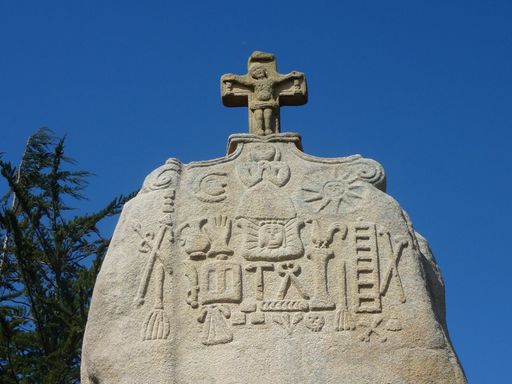

Saint Uzec menhir
Pleumeur-Bodou
A menhir 7.40 m high and 2 m wide stands in Saint-Uzec. Imagine our Neolithic ancestors transporting this huge block of granite weighing 60 tonnes! These megaliths probably fulfilled a religious...  See
See
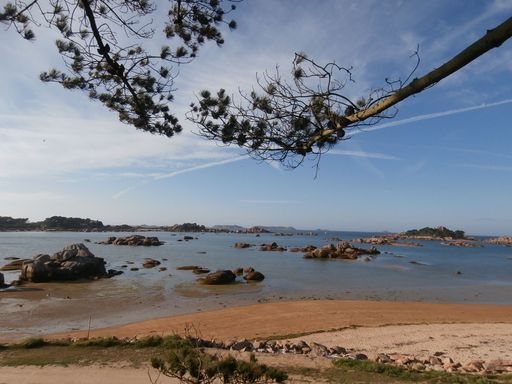

Sainte Anne Bay
Trégastel
Walking by Sainte Anne Bay, you will discover an area rich in history and spirituality. Well before the construction of Sainte-Anne des Rochers Chapel in 1636, the area was home to several religious...  See
See
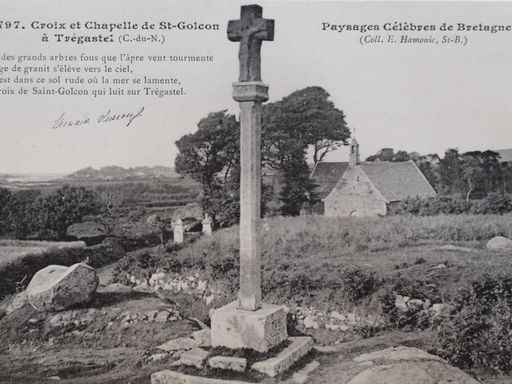

Golgon
Trégastel
In the sixteenth century, the lords of Lannion ordered the chapel to be built near to a sacred fountain. The building was enlarged at the start of the eighteenth century by the De Launay-Nevet...  See
See




